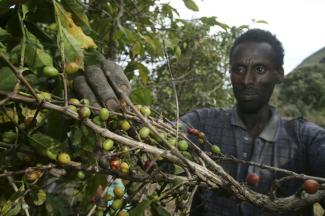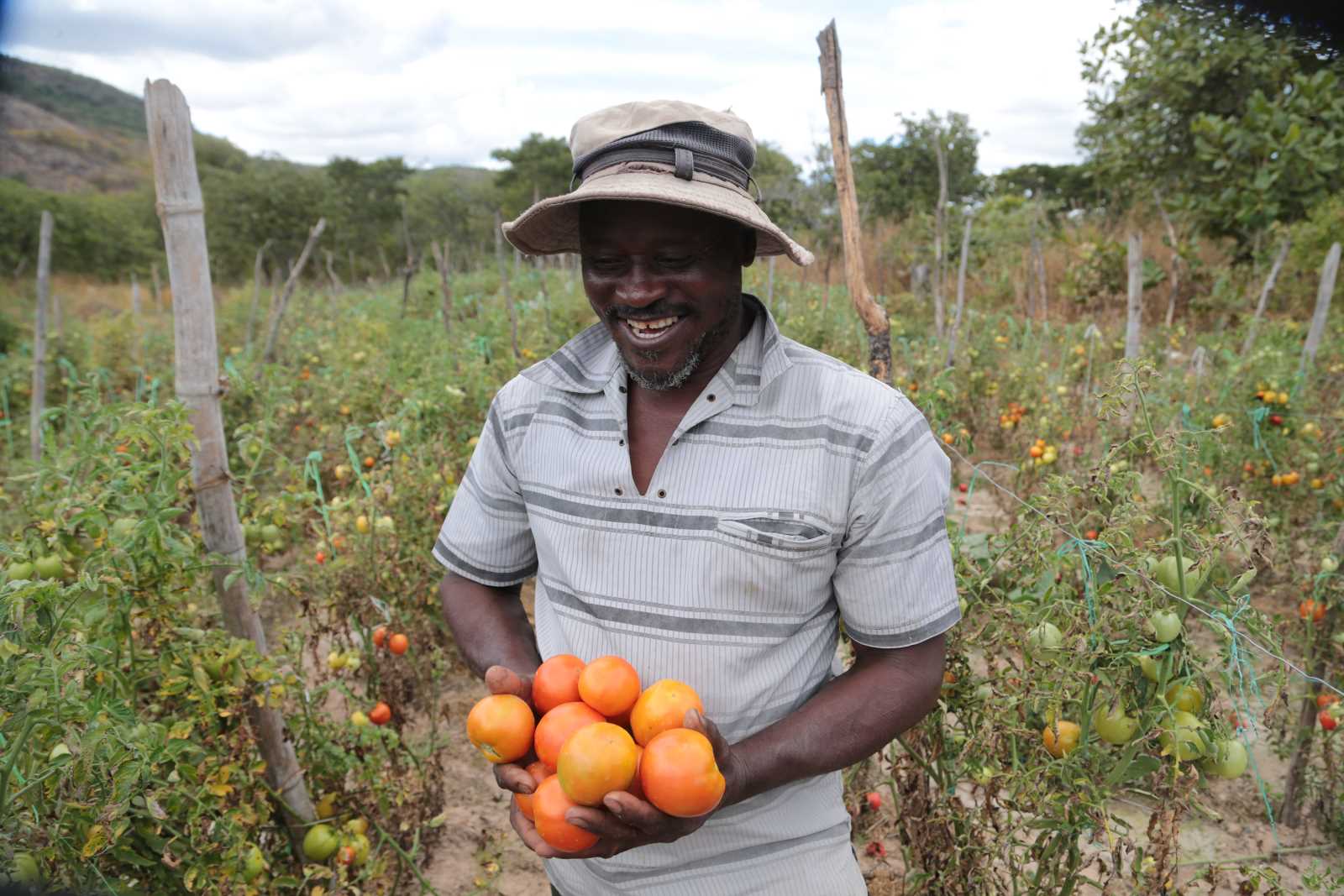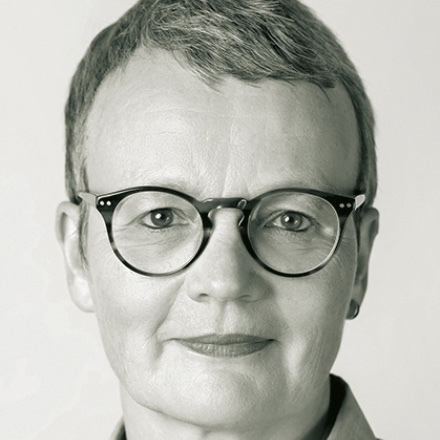Ethiopia
From agrarian country to industrial hub

No other country in Africa matched the progress made last year by Ethiopia. After decades of authoritarian rule, the continent’s second-most populous country is taking its first steps towards more democracy under its reformist new prime minister Abiy Ahmed (also see comment by Ludger Schadomsky in our E+Z/D+C e-Paper 2018/05, Debate section). Since taking office in April 2018, 42 year old Abiy has made peace with long-time arch-enemy Eritrea, released political prisoners, promised fair elections for the coming year and announced sweeping economic reforms.
But Ethiopia is not considered Africa’s great hope only because of its new prime minister’s appetite for reform. In the past two decades, the country has made substantial socio-economic progress, albeit starting from a very low level. Since the mid-1990s, school enrolment has increased more than five-fold as a result of high investment in education. Child and maternal mortality rates have dropped significantly due to the expansion of the health-care system. Life expectancy – the best cross-sectional indicator of human wellbeing – has risen by 15 years. The country’s economic performance has also been impressive. For more than a decade since the mid-2000s, GDP growth has averaged more than 10 % a year – a sharper upturn than anywhere else on the continent.
Beyond agriculture
Ethiopia owes much of its success to the well-defined development strategy pursued by successive governments. Their sights were set on transforming the country – which now has a population of more than 100 million – from a poor agrarian country into an emerging market that sells agricultural and light manufacturing products on the global market.
Ethiopia’s leaders started by focusing on agriculture, which is where nearly every economic transition process has begun. Back in 1993, the government developed the “Agricultural Development Led Industrialization” (ADLI) strategy. It defined agriculture as a cornerstone for development progress and starting-point for industrialisation. Accordingly, Ethiopia started investing in the agricultural sector at an early stage, for example by creating a nationwide network of so-called agricultural development agents to help small farmers become more productive.
The decision to start by improving productivity in agriculture proved a wise one. Yields of cereals and other major crops have more than doubled since 1990 and the better harvests have helped significantly to reduce poverty in rural areas (where 80 % of the people live). Agricultural exports have also risen over the same period, driven partly by large commercial operations. The downside is that local communities in some parts of the country have had to give way to large-scale farming.
In 1993, Ethiopia’s agricultural exports totalled $ 150 million. Twenty years later their value was 20 times higher at $ 3.4 billion. Revenues from coffee, which is the country’s most important export good, increased six-fold in this period. What’s more, Ethiopia has broadened its range of exports. In the mid-1990s, for instance, cut flowers were added to the mix and are now the country’s sixth most important export product. Only neighbouring Kenya supplies more African flowers to the world market. Today, Ethiopia ranks among the world’s biggest exporters of three agricultural products: cut flowers, sesame and coffee.
Investment in infrastructure
To encourage foreign companies to invest in Ethiopia, the government has for years pressed ahead with massive infrastructure construction. Facilities range from new roads, water pipes and power and telecommunication lines to a new rail link between Addis Ababa and the Port of Djibouti. New industrial parks are also being built. Six such parks are already in operation, and another eight are under construction.
Infrastructure and industrial-park development is expensive. It depends on outside support, most of which comes from China. But the arrangement seems to work for Ethiopia. At the Hawassa Industrial Park, the flagship park 275 kilometres south of Addis Ababa, nearly 20 local and foreign companies – including companies from China, India and Sri Lanka – are now running manufacturing operations. The principal products are garments and fabrics for multinational corporations such as H&M, Walmart, Levi’s and Guess. Foreign investors find a low-cost workforce in Ethiopia as well as diverse incentives ranging from power subsidies to preferential tariffs.
Foreign direct investment in Ethiopia totalled $ 3.6 billion in 2017 – more than any other sub-Saharan country could attract. And investor interest keeps growing, boosted by Prime Minister Abiy’s announcement of more economic reforms. German companies are increasingly interested. On a visit to Ethiopia in January, German President Frank-Walter Steinmeier was accompanied by a delegation of business leaders that included executives from Siemens and VW. VW took the opportunity to sign a declaration of intent: the car maker wishes to operate in Ethiopia in the future and, among other things, build an assembly plant in the country.
Rocky road
Foreign investment will help to speed up the process of industrialisation in Ethiopia. The government’s aim is to treble the contribution of manufacturing to GDP from around 6 % in 2017 to 18 % by 2025. Within that time-frame, Ethiopia hopes to become one of Africa’s biggest manufacturing hubs and to join the World Bank’s group of lower middle-income countries.
The Abiy government still needs to overcome many challenges of course. Ambitious development plans need to be implemented. Because of infrastructure development, the mountain of public debt is growing. Many investments have not yet delivered the anticipated benefits. For instance, delays in the construction of the Grand Ethiopian Renaissance Dam, a mega-dam project on the border with Sudan, mean that vital income from power exports is not yet forthcoming. Ethiopia’s foreign-exchange reserves are dwindling because the country still imports more than it exports and at the same time needs to service debts. It is thus all the more important to attract foreign investors and donors. To generate the foreign-exchange inflow it needs, Ethiopia’s government must prove that its commitment to reform is real and effective. On that front, the new prime minister seems to be succeeding.
At this same time, his government looks less successful in terms of holding together the nation of more than 80 different ethnic groups. Long-simmering ethnic conflicts keep bubbling up in the wake of Ethiopia’s democratic opening. Violent clashes between different ethnic groups recurrently threaten the country’s stability – and thus Abiy’s reform agenda. Whether Ethiopia can consolidate its achievements made so far and become an African manufacturing hub will depend in part on whether it resolves internal conflicts. Without domestic peace, there is little chance of reforms taking hold.
Alisa Kaps is a researcher at the Berlin Institute for Population and Development working mainly on the demographic challenges facing Sub-Saharan Africa.
kaps@berlin-institut.org
















